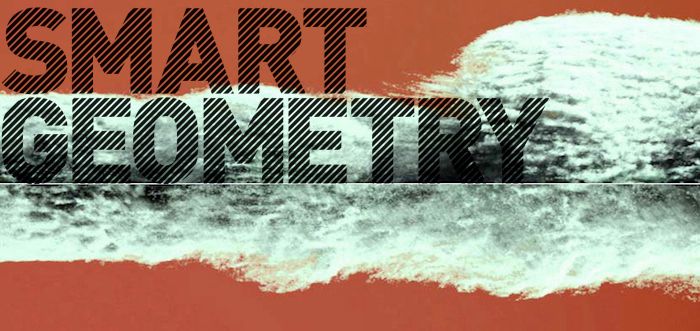Over the new year, the workshops clusters at Smart Geometry 2011 were announced. This year it is being held in Copenhagen (28th-31st of March) at the Center for Information Technology and Architecture - part of the Royal Danish Academy of Fine Arts. The theme is Building the Invisible, and somehow I was selected to lead one of the clusters. The worst part about being selected is that I can not attend the other clusters, and this year there are two in particular that I think are shaping up to be very interesting:
1. Using the force
The first is Using the Force, with Daniel Piker and Robert Cervellione. Daniel Piker may be familiar to you because he invented Kangaroo Physics (a new version of Kangaroo is in beta along with the manual, and a version for GC). For anyone who, like me, has a fascination with how Kangaroo works, no doubt learning it straight from the developer will be a pretty awesome experience. The project is going to be based around using cameras and sensors to control the simulations.
2. Interacting with the city
The second is Interacting with the City, with Przemek Jaworski and Flora Salim. Flora hangs out in SIAL with us, and she was involved in one of the more interesting workshops of SG2010: Parametrics and Physical Interactions. The 7 projects from the last year can be viewed online (1, 2, 3, 4, 5, 6, 7). My favorite is number 5, Tweet Form, which allows you to change the form of an object with a tweet. The video above is from last year as well. This year they look to be doing a similar thing, except they will be pulling in external API's and making use of the Microsoft Kinect.
Responsive Acoustic Surfacing
Our cluster is titled Responsive Acoustic Surfacing, and I am taking it along with Mark Burry, Jane Burry and Alexander Peña de Leon. We have a CNC hot wire like the one in the video above (only smaller). It cuts ruled surfaces so rather than making fluted columns, like the video above, we are going to make ruled shapes like Gaudí did (Mark Burry is the executive architect on the Sagrada Família). These shapes will be connected to acoustic data and we are hoping they will enable us to enhance and reduce certain frequencies of sound. Well a lot of work to go on that yet.
Check back here in April for a full report of what happened in SG2011, or come join us by registering for Smart Geometry 2011 here (you need to log into their site first). You can see all 10 clusters here.
